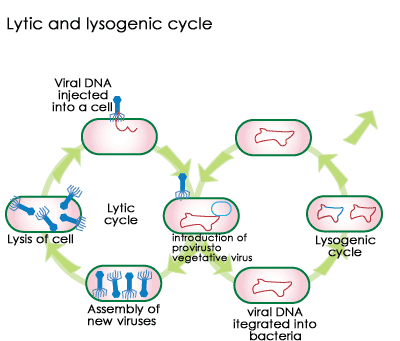Suggestions
Use up and down arrows to review and enter to select.Please wait while we process your payment
If you don't see it, please check your spam folder. Sometimes it can end up there.
If you don't see it, please check your spam folder. Sometimes it can end up there.
Please wait while we process your payment

By signing up you agree to our terms and privacy policy.
Don’t have an account? Subscribe now
Create Your Account
Sign up for your FREE 7-day trial
Already have an account? Log in
Your Email
Choose Your Plan
Individual
Group Discount
Save over 50% with a SparkNotes PLUS Annual Plan!
 payment page
payment page
Purchasing SparkNotes PLUS for a group?
Get Annual Plans at a discount when you buy 2 or more!
Price
$24.99 $18.74 /subscription + tax
Subtotal $37.48 + tax
Save 25% on 2-49 accounts
Save 30% on 50-99 accounts
Want 100 or more? Contact us for a customized plan.
 payment page
payment page
Your Plan
Payment Details
Payment Summary
SparkNotes Plus
You'll be billed after your free trial ends.
7-Day Free Trial
Not Applicable
Renews May 3, 2024 April 26, 2024
Discounts (applied to next billing)
DUE NOW
US $0.00
SNPLUSROCKS20 | 20% Discount
This is not a valid promo code.
Discount Code (one code per order)
SparkNotes PLUS Annual Plan - Group Discount
Qty: 00
SparkNotes Plus subscription is $4.99/month or $24.99/year as selected above. The free trial period is the first 7 days of your subscription. TO CANCEL YOUR SUBSCRIPTION AND AVOID BEING CHARGED, YOU MUST CANCEL BEFORE THE END OF THE FREE TRIAL PERIOD. You may cancel your subscription on your Subscription and Billing page or contact Customer Support at custserv@bn.com. Your subscription will continue automatically once the free trial period is over. Free trial is available to new customers only.
Choose Your Plan
For the next 7 days, you'll have access to awesome PLUS stuff like AP English test prep, No Fear Shakespeare translations and audio, a note-taking tool, personalized dashboard, & much more!
You’ve successfully purchased a group discount. Your group members can use the joining link below to redeem their group membership. You'll also receive an email with the link.
Members will be prompted to log in or create an account to redeem their group membership.
Thanks for creating a SparkNotes account! Continue to start your free trial.
We're sorry, we could not create your account. SparkNotes PLUS is not available in your country. See what countries we’re in.
There was an error creating your account. Please check your payment details and try again.
Please wait while we process your payment

Your PLUS subscription has expired
Please wait while we process your payment
Please wait while we process your payment

Because most viruses are extremely well adapted to their host organism, virus structure varies greatly. However, there are some general structural characteristics that all viruses share.

All viruses have a capsid or head region that contains its genetic material. The capsid is made of proteins and glycoproteins. Capsid contruction varies greatly among viruses, with most being specialized for a particular virus's host organism. Some viruses, mostly of the type infecting animals, have a membranous envelope surrounding their capsid. This allows viruses to penetrate host cells through membrane fusion. The virus's genetical material rests inside the capsid; that material can be either DNA, RNA, or even in some cases a limited number of enzymes. The type of genetic material a virus contains is used in classification, and is discussed in Virus Classification.
In addition to the head region, some viruses, mostly those that infect bacteria, have a tail region. The tail is an often elaborate protein structure. It aids in binding to the surface of the host cell and in the introduction of virus genetic material to the host cell.

Though the details of virus infection and replication vary greatly with host type, all viruses share 6 basic steps in their replication cycles. These are: 1) attachment; 2) penetration; 3) uncoating; 4) replication; 5) assembly; 6)release. As shown in , the virus must first attach itself to the host cell. This is usually accomplished through special glycoprotiens on the exterior of the capsid, envelope or tail. Next, penetration occurs, either of the whole virus or just the contents of the capsid. If the entire capsid enters, the genetic material must be uncoated to make it available to the cell's replication machinery. Replication of genetic material takes place, as well as the production of capsid and tail proteins. Once all of the necessary parts have been replicated, individual virus particles are assembled and released. Release often takes place in a destructive manner, bursting and killing the host cell.
Some viruses have a slightly more complicated replication cycle involving lytic and lysogenic phases. The lytic phase is similar to that described above, with virus particles infecting and being replicated. In the lysogenic phase, however, viral genetic material that has entered the host cell becomes incorportated in the cell and lies dormant. It is passed on to the progeny of the infected cells. Eventually, the lytic phase will start again, and cells that were never infected themselves, but carry the viral genetic material will begin to produce new virus particles.
Please wait while we process your payment

